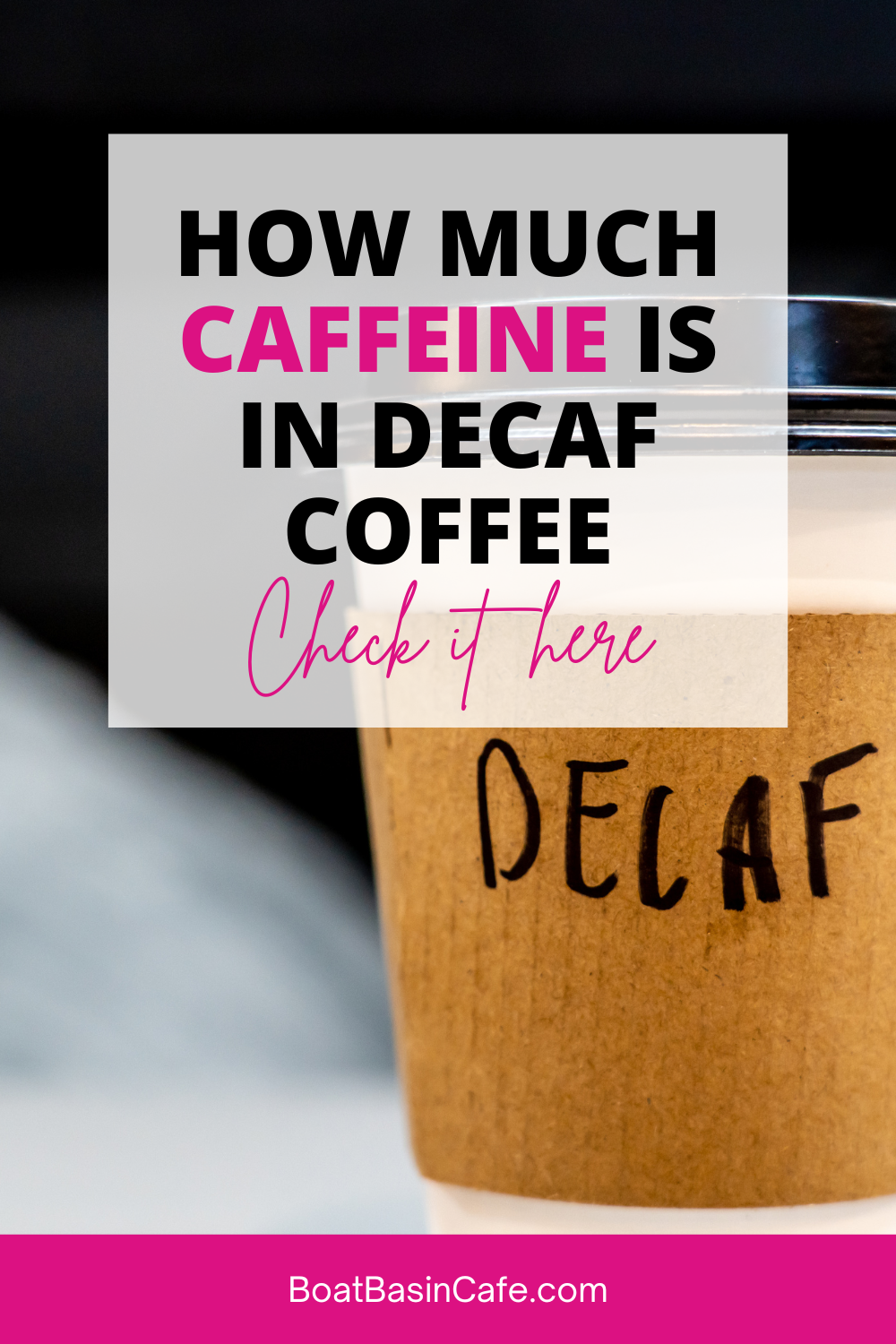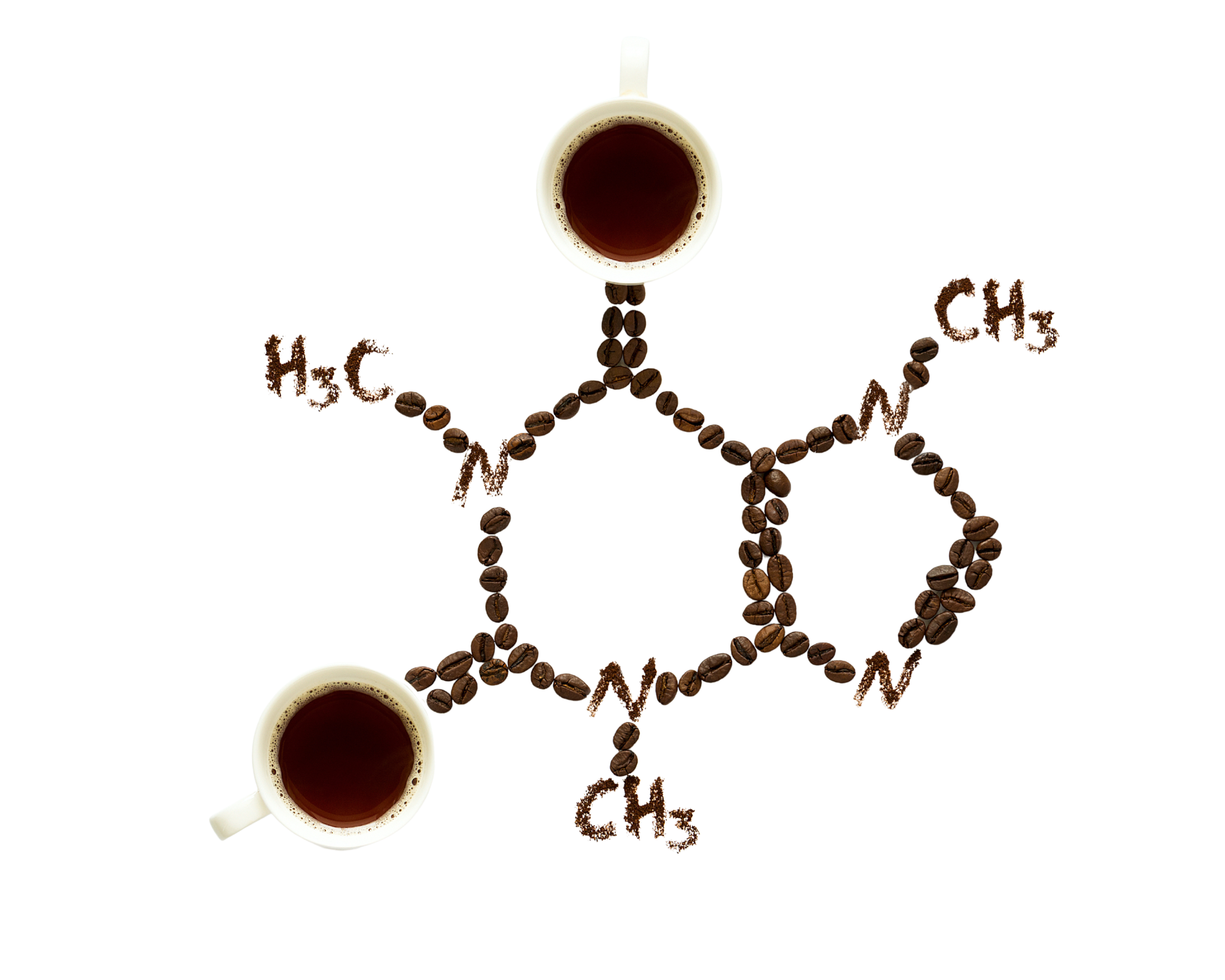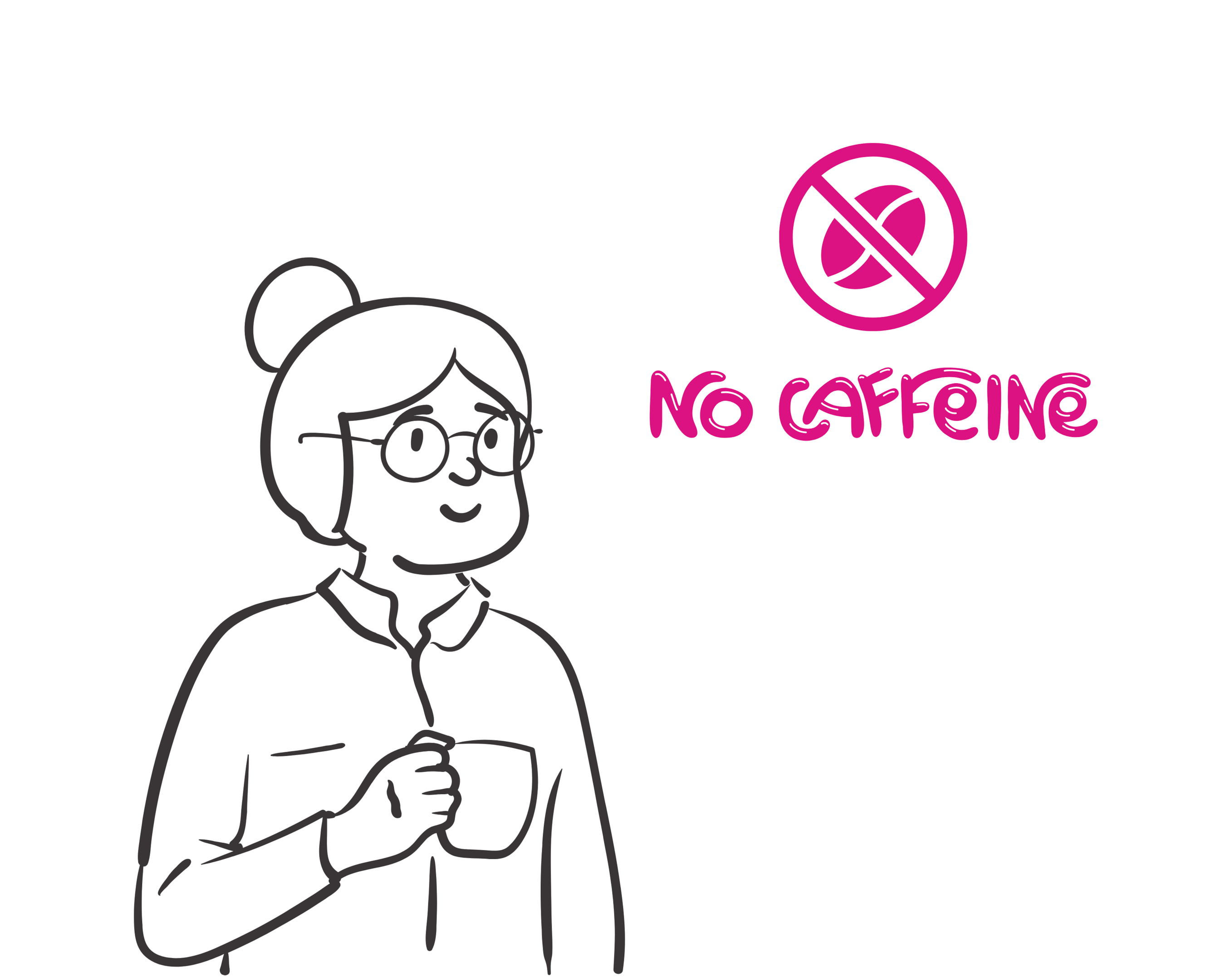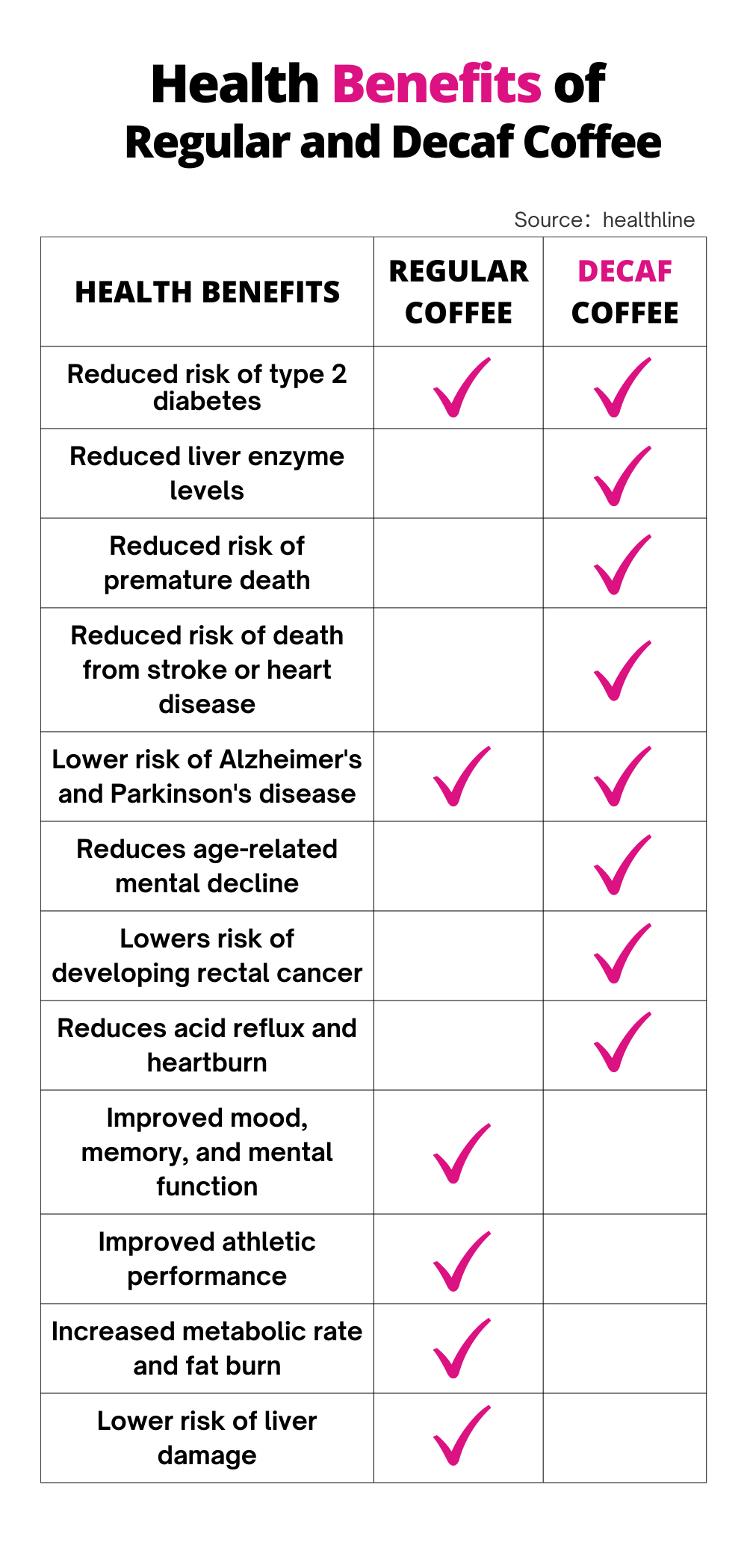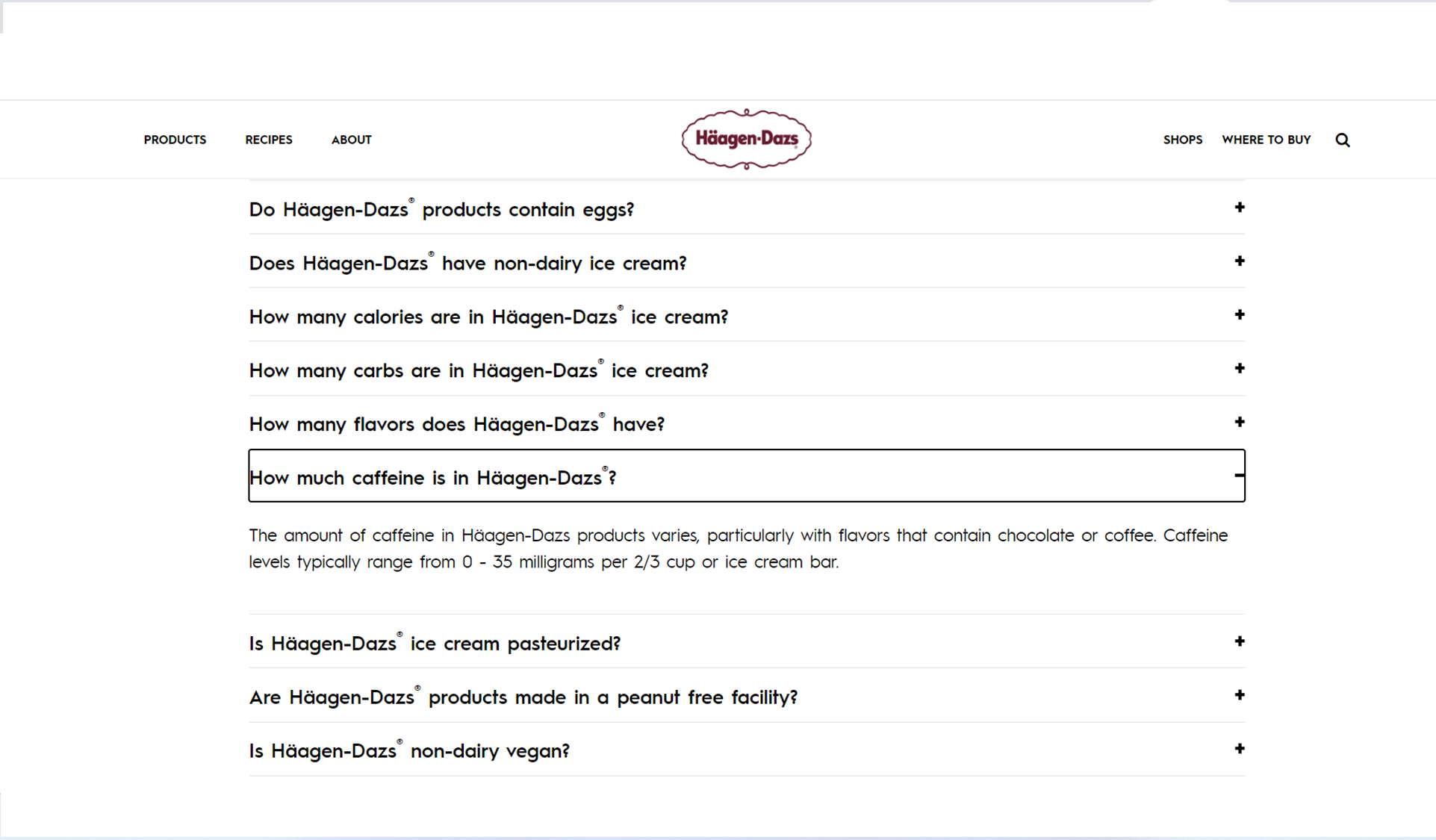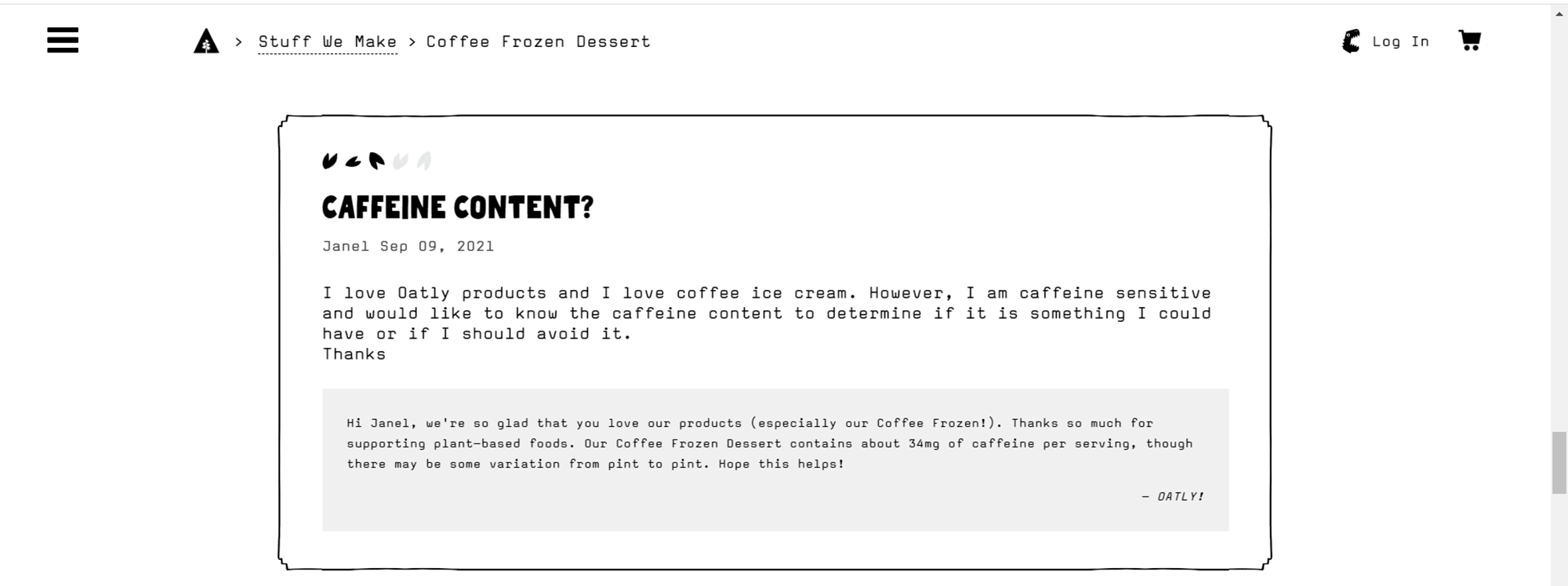Greetings, cola connoisseurs! Are you ready to dive deep into the world of Cola Zero and its mystifying caffeine content? Join us as we savor each revelation, leaving no stone unturned. Embark on this enthralling journey now!
What is Cola Zero?

Cola Zero is celebrated as a zero-calorie soft drink, quenching the thirst of millions across the globe. Similar in taste to regular cola, this fizzy delight enchants taste buds with its signature bubbly sweetness, yet leaves one guilt-free, calorie-wise.
Astonishingly, this guilt-free concoction bears a striking resemblance, taste-wise, to its full-calorie counterpart, thanks to the mastery of blending ingredients such as carbonated water, caramel color, and artificial sweeteners. It’s truly a conundrum as to how they get it to taste so similar!
The Truth About Caffeine in Cola Zero
The curiosity has reached its boiling point, and it’s time to reveal the enigmatic caffeine content in Cola Zero. Brace yourselves: it turns out that Cola Zero does contain caffeine, albeit at a lower level compared to most regular colas. You read it right! Not only does Cola Zero manage to keep the calories at bay, it does so by maintaining a lower caffeine content as well.
Now, I know what you’re thinking: “How does Cola Zero compare to other sodas in terms of caffeine levels?” Fear not, my enthusiastic friends, for I have the answers you seek. For every 12-ounce can of Cola Zero, 36 mg of caffeine is what you’ll find, while the average regular cola contains approximately 34 to 45 mg of caffeine, depending on the brand. It’s fascinating how different brands of cola zero can vary in their caffeine content, isn’t it?
This deviation in caffeine levels from one brand to another can be attributed to factors such as the mix of ingredients, the manufacturing process, and the secrets held closely by the cola overlords themselves.
Caffeine and its Effects on Health

It’s no secret that caffeine can have an impact on your health, with both potential benefits and drawbacks. But, before we dive into a pool of caffeinated facts, let’s take a look at how this intriguing compound interacts with our body.
The caffeine present in beverages like Cola Zero works its magic on our nervous system, providing a much-needed energy boost when we’re feeling sluggish. It accomplishes this by blocking the adenosine receptors in our brain, thereby reducing the sensations of fatigue and drowsiness. But wait, there’s more to this buzz-inducing substance!
While caffeine can be beneficial in moderate amounts, it’s important to remember that not all individuals experience the same effects. Some may be more caffeine-sensitive, and the delightful stimulation others enjoy could cause jitters and restlessness for this bunch.
Benefits of Caffeine
When taken in moderation, caffeine consumption can offer numerous health advantages, including:
- Increased alertness and concentration
- Improved physical performance
- Enhanced cognitive function
Drawbacks of Caffeine
The flip side of that caffeinated coin is that too much can lead to some unwanted effects, such as:
- Insomnia and decreased sleep quality
- Increased heart rate and blood pressure
- Headaches and migraines
Moreover, excessive caffeine consumption could potentially lead to addiction, with withdrawal symptoms manifesting when caffeine ingestion is ceased abruptly. That being said, it’s crucial to recognize your own caffeine tolerance level and adjust your consumption accordingly.
The Importance of Caffeine Awareness

Having learned so much about Cola Zero and its caffeine content, it’s evident that maintaining an acute awareness of your caffeine intake is crucial. Not only will it help you steer clear of health complications, but it will also empower you to make more informed choices.
One of the secrets to enjoying your favorite beverages without any undesirable consequences is understanding your personal thresholds, health goals, and caffeine sensitivity. A perfect balance between savoring delicious drinks and maintaining your well-being!
Cola Zero vs. Other Zero-Calorie Beverages
While understanding the caffeine content in Cola Zero, it’s intriguing to analyze other popular low-caffeine alternatives. Here’s a Cola Zero caffeine content comparison chart to satiate your curiosity:
| Brand | Caffeine Content (per 12-ounce can) |
|---|---|
| Cola Zero | 36 mg |
| Cola Zero Sugar | 34 mg |
| Diet Cola (generic) | 42 mg |
| Diet Soda (non-cola) | 35 mg (average) |
As you can see, although the variations might seem minor, they may be essential for caffeine-sensitive individuals who seek optimum satisfaction with minimal jitters.
Reducing Caffeine Intake
When aiming to curb your caffeine consumption, zero-calorie beverages like Cola Zero can be a great choice. However, if you’re looking for a completely caffeine-free substitute, some options are worth considering.
- Herbal teas – These naturally caffeine-free infusions offer flavors ranging from fruity to minty with enticing aromas to match.
- Lemonades – Refreshing and zesty, a cold glass of freshly squeezed lemonade can be an invigorating alternative to fizzy caffeinated beverages.
- Sparkling water – Carbonation without the cola; many brands even offer flavored variations without added sugars or artificial sweeteners.
Remember, choosing healthier alternatives is an excellent way to conscientiously maintain your caffeine intake and overall health-conscious lifestyle.
Pregnancy, Caffeine, and Guidelines
As emphasized earlier, pregnancy demands caution when it comes to caffeine consumption. So, what’s the recommended guideline?
The American College of Obstetricians and Gynecologists suggests that pregnant women limit their caffeine intake to 200 mg per day. With Cola Zero’s caffeine content of 36 mg per 12-ounce can, you can see that moderate consumption is safe during pregnancy.
It’s imperative to consult your healthcare provider when making dietary decisions during pregnancy, as individual needs may vary, and the advice offered will be based on your specific situation.
Reap the Benefits of Low-Caffeine Sodas
Cola Zero, with its lower caffeine content, offers an enticing proposition for those seeking balance in life. The benefits of choosing Cola Zero and similar low-caffeine sodas include:
- Reduction in anxiety levels
- Better sleep quality
- Decreased risk of caffeine addiction
- Improved weight management due to zero-calorie offerings
By striking that fine balance of flavor, enjoyment, and caffeine content, beverages like Cola Zero allow you to effectively harness these benefits.
FAQs
How much caffeine is in a can/bottle of Cola Zero?
As previously mentioned, a standard 12-ounce can of Cola Zero contains roughly 36 mg of caffeine. This number may vary slightly between brands, but it’s a pretty good ballpark figure.
Is Cola Zero caffeine-free?
We’ve already busted this myth! While Cola Zero has a slightly lower caffeine content compared to regular cola, it is not, in fact, caffeine-free.
Does Cola Zero provide an energy boost like regular cola?
Absolutely! While it might not be as potent an energy booster as some other caffeinated beverages like energy drinks, Cola Zero is still a lighter and refreshing source of pick-me-up if you’re looking to fuel your day.
Are there any potential health risks associated with Cola Zero’s caffeine content?
As with any caffeinated beverage, moderation is key. Healthy individuals generally have little to worry about when enjoying Cola Zero in reasonable amounts.
Can pregnant or breastfeeding individuals consume Cola Zero?
It’s advised that pregnant and breastfeeding women limit their caffeine intake due to potential risks for the developing fetus or nursing infant. It’s best to consult with your healthcare provider to determine the right course of action regarding Cola Zero consumption during these delicate times.
Conclusion
Congratulations, you’ve quenched your thirst for knowledge about Cola Zero’s caffeine content! Use this enlightenment to make wise decisions when choosing your next refreshment. Embrace a balanced lifestyle with confidence, and may your beverage choices be as rejuvenating as your experiences. Cheers!












